ArmSpace Joins ESA Innovation Network
We’re proud to announce our partnership with the European Space Agency’s Innovation Hub, expanding international collaboration opportunities.
We’re proud to announce our partnership with the European Space Agency’s Innovation Hub, expanding international collaboration opportunities.
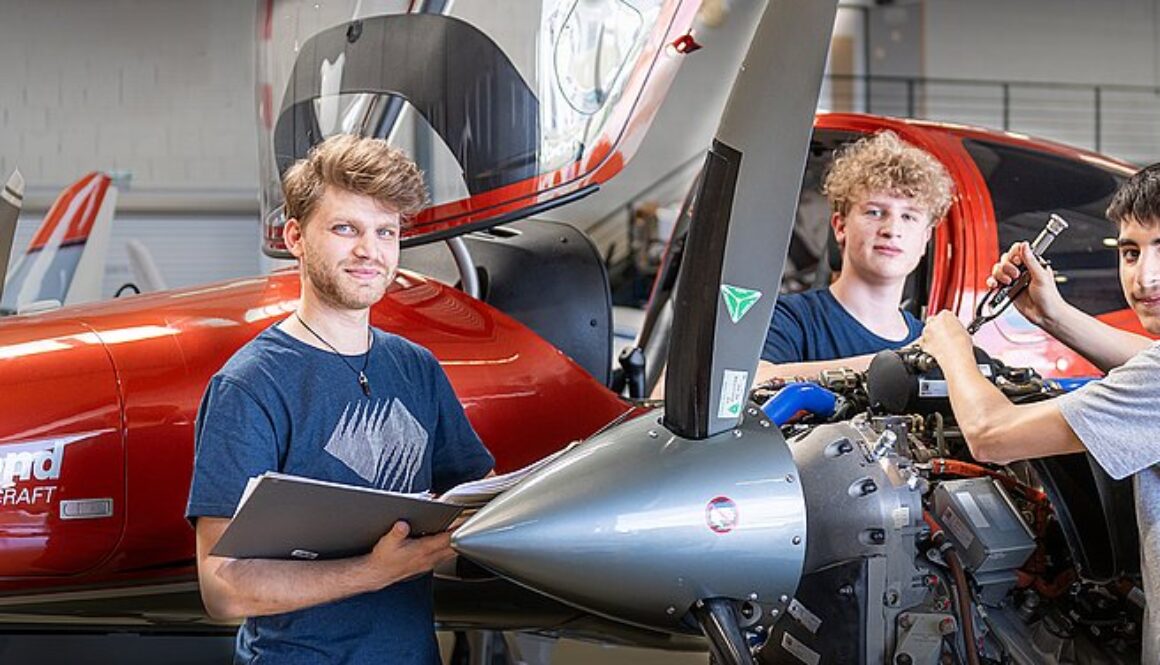
Applications are now open for our new student internship program aimed at nurturing Armenia’s next generation of aerospace engineers.
Our propulsion team successfully completed a full-scale test of our next-gen hybrid engine, marking a major milestone toward orbital flight readiness.
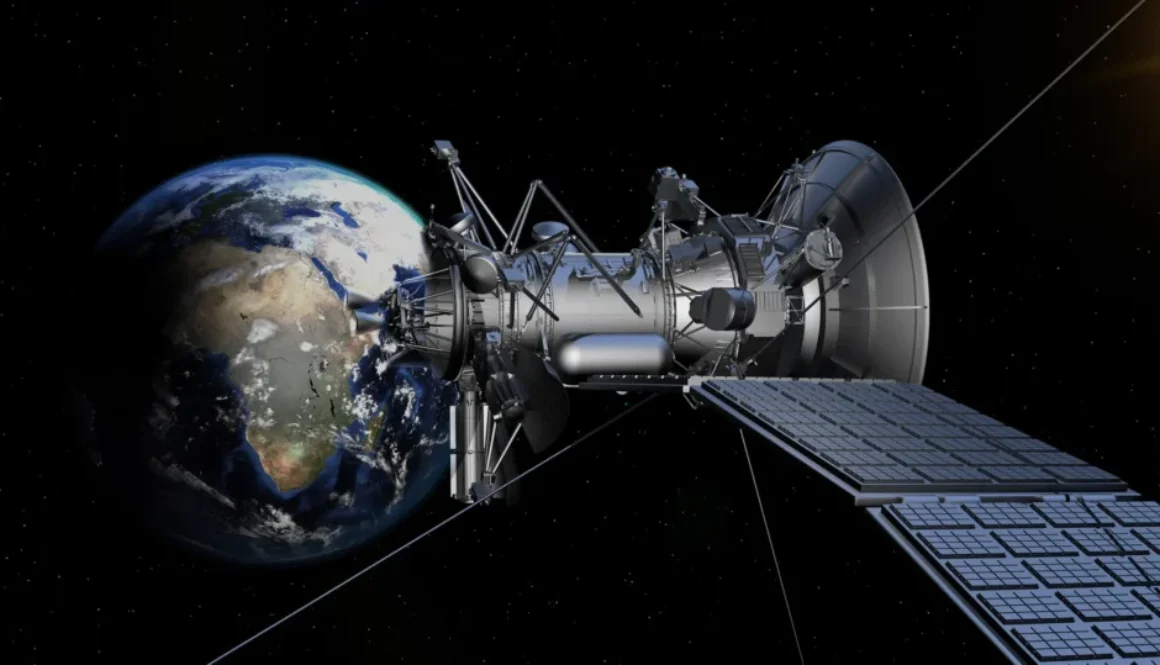
From Earth observation and communications to navigation and defense, satellites have become the silent backbone of modern life. And yet, how they’re built is changing just as fast as what they can do.
At ArmSpace, we’re leading a new era of satellite construction—one that prioritizes modularity, miniaturization, and rapid deployment. Our teams are designing satellites that are smaller, smarter, and more cost-effective than ever before. Think cube satellites (CubeSats) equipped with high-res imaging, built in half the time with twice the agility.
We’re also pushing the envelope with in-orbit servicing technology. Imagine repairing or upgrading a satellite without ever launching a new one. Our R&D division is working on robotic systems capable of doing just that—extending lifespan, reducing space debris, and maximizing ROI.
The future of satellite construction isn’t about size. It’s about speed, flexibility, and resilience in orbit.
In the age of automation, it’s easy to forget one truth: innovation doesn’t fly without people. Behind every aircraft system, simulation, and mission control room are teams of talented engineers, pilots, software developers, and dreamers.
At ArmSpace, we believe people are our most valuable technology. That’s why we invest heavily in workforce development, from robust STEM education programs to internal career growth opportunities. Our mentorship initiatives help young professionals grow into aerospace leaders. Our diversity and inclusion efforts ensure that innovation is driven by a wide range of perspectives.
Because the challenges we face—decarbonizing air travel, pushing the boundaries of physics, exploring deep space—require more than code or machinery. They require curiosity. They require courage.
They require us.
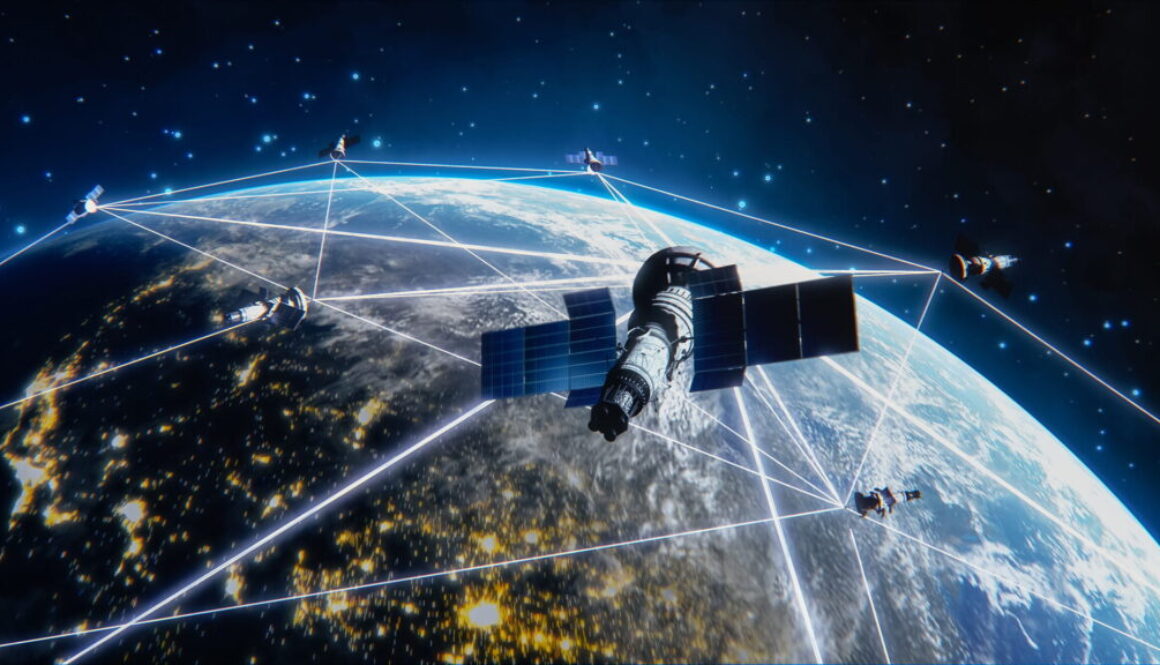
In aerospace, data is more than numbers—it’s lifeblood. Every second of flight, every bolt tightened in production, every weather model run by a control tower contributes to a vast, interconnected network of insight.
Digital transformation is allowing aerospace companies to turn that data into action. At ArmSpace, we’re using machine learning to predict maintenance issues before they occur, drastically reducing downtime. Augmented reality helps technicians assemble complex components with precision. And digital twins are enabling us to simulate entire aircraft systems in virtual environments, speeding up development cycles and improving reliability.
The result? Smarter decisions, safer flights, and stronger performance. In this new era, the sky is not only where we fly—it’s where our data lives, learns, and evolves.
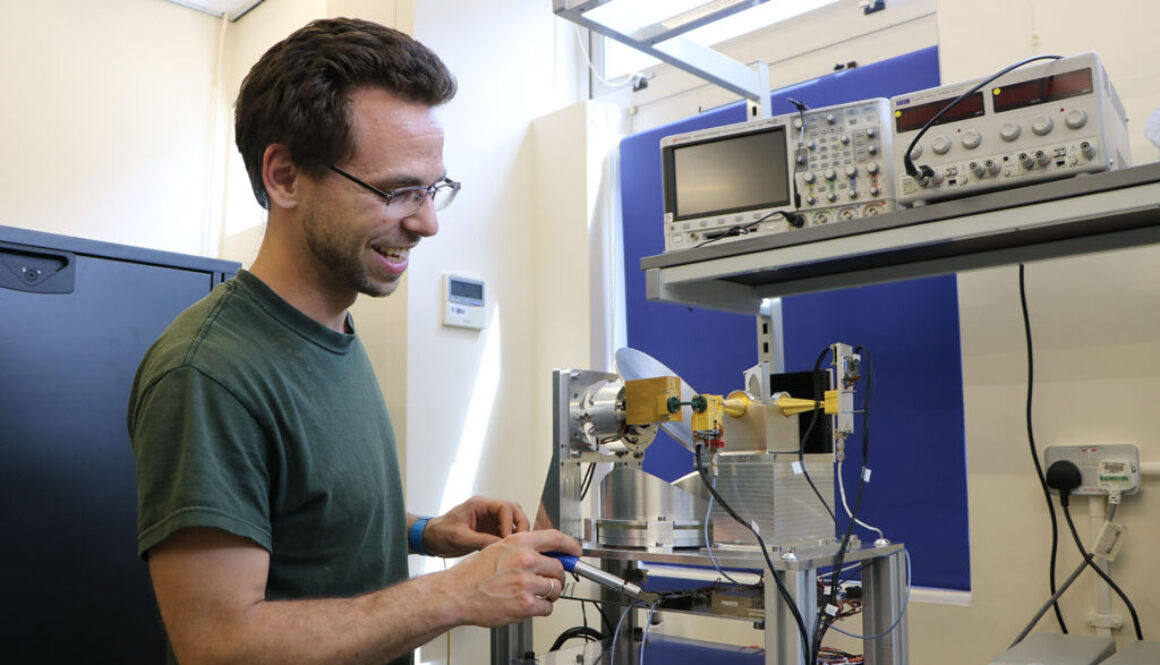
A new project is underway to develop a space-based weather forecasting system designed to improve climate predictions and disaster preparedness in Armenia.
Using a constellation of small satellites, this system will provide continuous and highly accurate weather data, offering early warning capabilities for severe weather events such as storms, floods, and heatwaves. The real-time data will also support agriculture, helping farmers make informed decisions about crop management and irrigation.
This ambitious project combines space technology with data science to improve lives on Earth.

We’re excited to announce the development of a cutting-edge Earth Observation Satellite designed to monitor environmental changes and support disaster management across Armenia and neighboring regions.
This satellite will provide high-resolution imagery to track climate patterns, deforestation, and urban development. It will play a vital role in natural disaster monitoring, such as tracking wildfires, earthquakes, and floods, enabling faster response times and better preparedness.
By combining advanced imaging technology with real-time data analytics, this project aims to make a significant contribution to environmental sustainability and safety. Stay tuned for more updates!
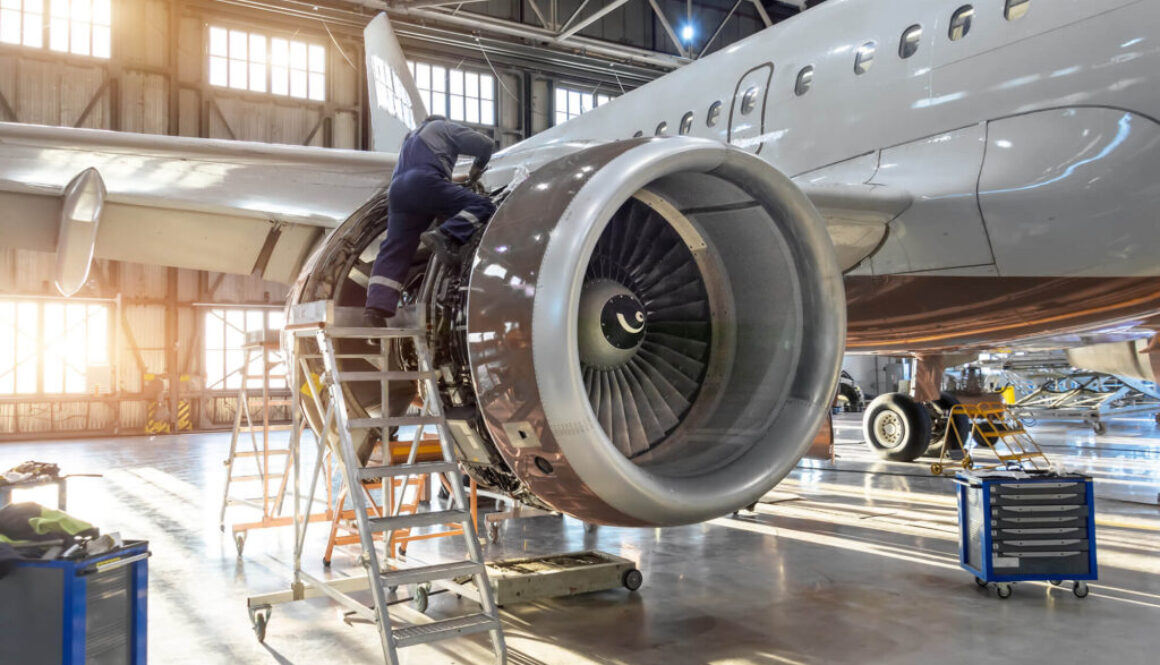
The world of aerospace has always been driven by innovation — from the Wright brothers’ first flight in 1903 to the launch of reusable rockets today. But right now, we’re on the edge of another major transformation. Aerospace companies around the globe are investing in cutting-edge technologies that are set to make air travel more sustainable, efficient, and safe than ever before.
In this post, we’ll explore the exciting advancements shaping the future of flight!
One of the biggest challenges facing the aerospace industry is reducing its carbon footprint. Traditional jet fuel is a major contributor to global CO2 emissions, and with climate change becoming a critical concern, finding alternatives is no longer optional.
Sustainable Aviation Fuels (SAF) are a game-changing solution. Made from renewable resources like plant oils, algae, and even waste, SAF can reduce emissions by up to 80% compared to conventional jet fuel. Aerospace companies and airlines are already conducting test flights and gradually adopting SAF into their fleets.
Electric vehicles are no longer just for the road. Aerospace engineers are designing electric and hybrid-electric aircraft that could soon replace short-haul flights and commuter planes.
Electric planes promise:
Lower operating costs.
Quieter flights.
Zero emissions on shorter routes.
Companies like Airbus and startups like Eviation are leading the race to bring these aircraft to market, and the first generation of commercial electric planes could be flying as soon as the late 2020s.
Artificial Intelligence (AI) is becoming a co-pilot for both pilots and engineers. AI helps airlines and aerospace companies:
Predict maintenance needs before breakdowns happen.
Optimize flight paths for fuel efficiency.
Assist in autonomous flight development.
This technology isn’t about replacing human pilots, but about enhancing decision-making and reducing human error, ultimately making air travel safer and more reliable.
For decades, the dream of flying from New York to London in just a couple of hours has captured the imagination of travelers. Thanks to new materials and aerodynamic research, supersonic and hypersonic aircraft are making a comeback.
Companies are working on commercial planes that could fly at speeds over Mach 2 (twice the speed of sound), dramatically shrinking global distances and changing the way we think about international business and leisure travel.
The line between aerospace and space exploration is also blurring. Companies are developing aircraft that can travel at suborbital altitudes, reducing long-haul travel time to just a few hours by “skimming” the edge of space.
This is not science fiction — companies like SpaceX and Boeing are actively testing reusable spacecraft that could make Earth-to-Earth space travel a reality in the next decade.
The future of flight is closer than you think. Innovations like sustainable fuels, electric aircraft, AI-driven safety systems, and hypersonic speeds are all part of an exciting new era for aerospace. These breakthroughs will not only make flying greener and faster but will also reshape global connectivity.
At ArmSpace, we are proud to be part of this dynamic industry — working on solutions that bring the future of flight closer to today.